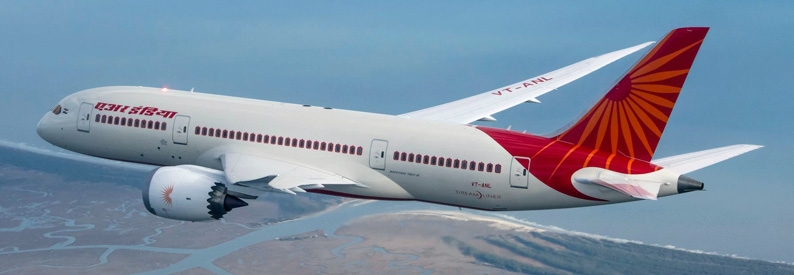Air India Boeing 787 Crash: Investigators Eye Takeoff Configuration

The fatal crash of an Air India Boeing 787-8 Dreamliner seconds after takeoff from Ahmedabad has shifted investigators’ attention toward the aircraft’s configuration during the critical takeoff phase, according to The Wall Street Journal, citing aviation safety experts.
The London-bound flight tragically crashed into a residential neighborhood less than a minute after departure, killing 241 of the 242 people on board. This marks the first fatal accident involving Boeing’s 787 Dreamliner.
Indian aviation authorities have launched a full investigation with support from the U.S. National Transportation Safety Board (NTSB), which is sending investigators to assist. The investigation will rely heavily on data from the aircraft’s flight data recorder (FDR), cockpit voice recorder (CVR), and video footage captured by bystanders during the aircraft’s final seconds.
According to flight tracking data from Flightradar24, Air India Flight 171 (AI 171) reached an altitude of approximately 625 feet in clear weather before abruptly losing its signal just 50 seconds after takeoff. Surveillance footage from Ahmedabad’s Sardar Vallabhbhai Patel International Airport shows the aircraft becoming airborne for less than 30 seconds. It rotates near the end of Runway 23, climbing for about 12 seconds before briefly leveling off. The plane then enters a sudden yet steady descent into a nearby area about 1 nautical mile from the runway end, with its landing gear remaining down throughout the entire flight sequence.
Wing Flaps and Takeoff Configuration Under Scrutiny
Aviation experts believe the investigation will closely examine whether the aircraft was properly configured for takeoff, particularly focusing on the deployment of wing flaps and slats — crucial movable surfaces that generate additional lift during takeoff.
John Cox, an aviation safety consultant and former airline pilot, told the Journal that preliminary analysis suggests the flaps and slats may not have been extended as required. This would have significantly reduced lift, making it difficult for the aircraft to climb properly.
The Boeing 787 Dreamliner is equipped with an automated takeoff configuration warning system designed to alert pilots if the aircraft is not correctly set for takeoff. Investigators will determine whether the system functioned correctly and whether the flight crew responded to any alerts that may have been triggered.
Landing Gear and Engine Performance Also Examined
The investigation will also analyze why the aircraft’s landing gear appeared to remain extended during flight, a factor that could have added excessive drag and further hindered lift. While delayed gear retraction is not uncommon, experts say the combination of extended gear, possible flap misconfiguration, and increasing pitch could have created dangerous flight conditions.
Engine performance is another focus of the inquiry. Jeff Guzzetti, a former senior investigator with the FAA and NTSB, told the Journal that the lack of yaw or rudder movement during the aircraft’s descent suggests a single-engine failure is unlikely.
Dreamliner Safety Record and Air India’s Modernization
The crashed Boeing 787 Dreamliner was 11 years old at the time of the accident. While the 787 is one of Boeing’s most successful widebody models, the program has faced production disruptions over the past decade due to quality control issues, resulting in several pauses in aircraft deliveries.
Air India, which was privatized and acquired by Tata Sons in 2022, has been aggressively expanding and modernizing its fleet. The airline recently placed a record-breaking aircraft order in an effort to improve service and safety standards. The last major fatal incident for Air India occurred in 2020, when an Air India Express flight overshot a runway in Kerala.
As the investigation into the Air India crash continues, global attention remains focused on Boeing’s aircraft design and manufacturing practices, as well as airline operational procedures during the critical takeoff phase.
Related News: https://airguide.info/?s=air+india, https://airguide.info/category/air-travel-business/travel-health-security/safety/
Sources: AirGuide Business airguide.info, bing.com, wsj.com, seekingalpha.com, aviationweek.com
